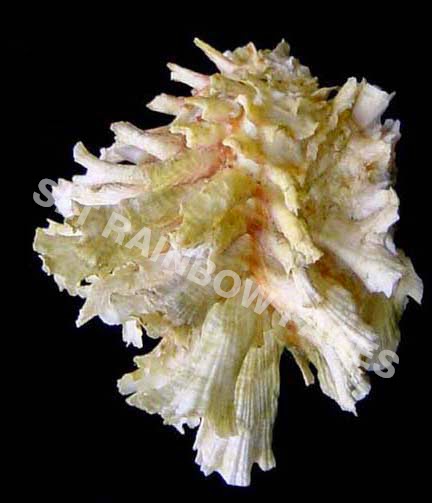Kurullangala (Birds’ rock) is located at Karadagolla village.
Karadagolla village is a village which belongs to Ella Divisional Secatariat
Division. Ella is a tourist attraction destination. At Ella there are many
tourist attraction destinations. Such as Ella rock, Ravana cave, Ravana ella
waterfall, Ravana ella ancient temple, Mini adam’s peak, Ella pass, Ravana ella
sanctuary, Dowa raja maha viharaya, Rakkiththkanda raja maha cave temple etc.
are most famous destinations. But, there are lot more un famous tourist
destinations at Ella area. Such un famous destination is this Kurullangala
Mountain.

From Ella town, along the Ella-Wellawaya road (A23 Main
Road), and turning near the 15 km post, then along the Uma oya Project, Pentox
and Water Control Tank road, about 4 km and have to climb hard slop mountain
cliff with about 60 – 70 degree slop.
Kurullangala mountain is famous for it’s birds paintings on
a rock wall surface, which are belongs to an ancient period and dates back to
(about) 5000 years old. All these Kurullangala mountain birds paintings have
been drawn in red colored paint. Hundreds of birds figures on the rock wall
surface. Among these birds paintings peacock bird drawings are the majority,
and few eagle like bird paintings as well. Not only birds paintings, but there are few hand
imprints. In these hand imprints, fingers are little longer than a normal hand.
And a human couple painting are distinguish.
To see these 5000 years old unique drawings are most
challengeable trek, among slippery 60-70 degree rock wall surface. Along the
Uma oya Project, Pentox and Water Control tank road, about 4 km and climbing
the slippery hill to access Kurullangala drawings, it’s mostly a deadly trek. When climbing
the hill by the aid of roots of trees, and branches, if one turns back
side Oh ! it’s gorgeous panoramic view of the low land area. But, unfortunately
if you slipped down, it’ll be the last !
One day about 20 years ago one villager named Mettananda
from 10th mile post Karadagolla village was gambling along, these
dangerous hill slope for herbal
medicinal plants, to pluck amla fruit and for bee heaves, suddenly came a cross
these gorgeous birds drawings. Mettananda was the first person to discover
these drawings.
Above the drawings about 100 meters high there is a rock
named as “Pettigala” – the box rock. In this box shape rock there also a two
birds carving on it. But, it’s very dangerous to go this cliff.
If you wish to trek this mountain range to look Kurullangala
birds drawings it’s very tiresome trek. So you need plenty of water, food,
medicine, ropes etc. A group is ideal than one or two persons. Must have a good
guide, otherwise you’ll be miss in the wild. (Phone number of Mettananda 072 6108392 Phone number of Rev. Sugatha
Ransi thero a incumbent 072 8473285)
For more info: SLT Rainbowpages
For more info: SLT Rainbowpages

























































